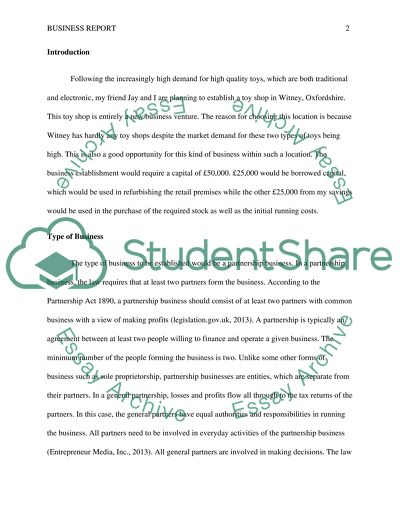Cite this document
(“Business Report Coursework Example | Topics and Well Written Essays - 1500 words”, n.d.)
Business Report Coursework Example | Topics and Well Written Essays - 1500 words. Retrieved from https://studentshare.org/law/1493108-business-report
Business Report Coursework Example | Topics and Well Written Essays - 1500 words. Retrieved from https://studentshare.org/law/1493108-business-report
(Business Report Coursework Example | Topics and Well Written Essays - 1500 Words)
Business Report Coursework Example | Topics and Well Written Essays - 1500 Words. https://studentshare.org/law/1493108-business-report.
Business Report Coursework Example | Topics and Well Written Essays - 1500 Words. https://studentshare.org/law/1493108-business-report.
“Business Report Coursework Example | Topics and Well Written Essays - 1500 Words”, n.d. https://studentshare.org/law/1493108-business-report.


